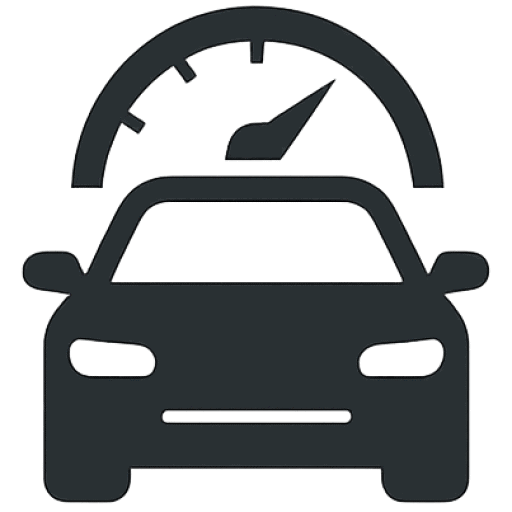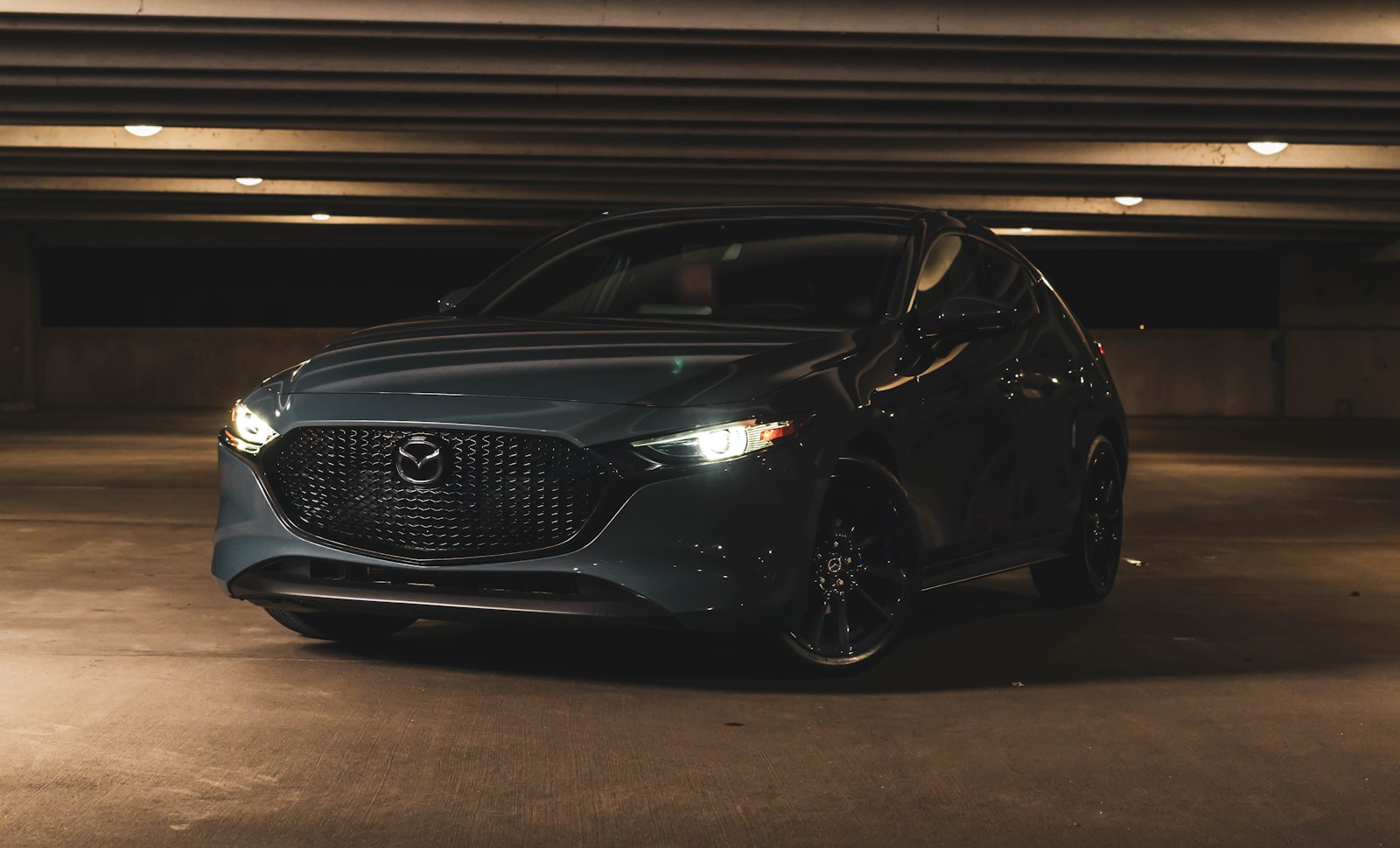When it comes to modifying your Mazda 3 for performance and style, one upgrade that raises eyebrows—and questions—is the staggered tire setup. But does it actually improve handling? Or are you just adding cost and complication for little gain?
Let’s break down how staggered tires impact handling, whether they make sense for a compact like the Mazda 3, and the trade-offs you should know before making the switch.

🔧 What Are Staggered Tires?

A staggered tire setup means your car has wider rear tires than front tires—commonly seen on high-performance, rear-wheel drive sports cars. For example:
- Front: 225/40R18
- Rear: 245/40R18
This contrasts with a square setup, where all four tires are the same size.
Staggered setups are designed to improve rear-end grip, reduce oversteer, and boost high-speed stability. But how does that apply to a front-wheel-drive compact car like the Mazda 3?
⚙️ Is the Mazda 3 a Good Candidate?
The Mazda 3 is known for its tight handling, sharp steering, and fun-to-drive personality—especially the Mazda 3 Turbo AWD variant. But the majority of Mazda 3s are FWD (front-wheel drive), meaning all the power is going to the front wheels.

In most cases, FWD vehicles don’t benefit much from wider rear tires, because:
- Power isn’t going to the rear wheels
- You want more grip up front for both steering and acceleration
So while staggered setups may look aggressive and sporty, they’re usually not performance-enhancing on the Mazda 3 unless you’re running a heavily modified AWD or track-prepped build.
🏎️ Handling vs. Aesthetics: What Changes?
✅ Pros of Staggered Tires on a Mazda 3
- Looks more aggressive: Wider rear tires and flush fitment enhance the stance.
- May slightly reduce oversteer if you push the car hard in turns (especially in AWD models).
- Helps with traction if you’ve upgraded your powertrain or turbocharged engine output.
❌ Cons and Trade-offs
- Increased understeer on FWD: Wider rear tires can reduce responsiveness in turns.
- Tire rotation becomes impossible (can’t rotate front to rear).
- Faster wear on front tires, which do all the work on FWD models.
- Adds extra cost: Two different tire sizes + possible new wheels.
- Limited gains unless heavily modded for power or track use.
📈 When It Does Make Sense
If you drive a Mazda 3 Turbo with AWD and plan on:
- Increasing boost
- Installing a performance exhaust or intake
- Hitting canyon roads or autocross regularly
…then a mild staggered setup may make sense. Example:
- Front: 235/40R18
- Rear: 245/40R18
This keeps things relatively balanced while giving you a slight rear-end grip bump—without compromising handling too much.
For anything below that level of modification, a square setup remains optimal for performance, cost, and tire longevity.
🔗 Related Mods to Consider
Staggered setups are usually part of a broader tuning plan, especially in the Mods & Upgrades category. If you’re exploring handling upgrades, you might also want to check out:
- Lowering springs or coilovers for better cornering
- Strut tower braces for chassis stiffness
- High-performance summer tires in a square setup
- Lightweight aftermarket wheels to reduce rotational mass
🧠 Final Takeaway: Stick With Square Unless You’re Modding Hard
For the average Mazda 3 owner—even the enthusiast—a square tire setup will:
- Offer better tire life
- Ensure even handling
- Save money on rotations and replacements
Staggered setups are mostly aesthetic for FWD and only provide real performance benefits when you’re deep into power and suspension mods, especially on AWD variants.
🔧 FAQs
1. Can I use a staggered setup on a FWD Mazda 3 just for looks?
Yes—but be prepared for faster front tire wear and potential understeer in tight turns.
2. Does staggered improve cornering on an AWD Mazda 3 Turbo?
Slightly. A mild staggered setup can improve rear grip, especially when pushing limits. But it’s most noticeable if you’ve upgraded suspension and engine output.
3. What’s the best setup for daily driving?
A square setup with high-quality all-season or summer tires will deliver the best balance of handling, cost, and durability for daily SoCal driving.
Let’s Talk Cars
Have a question? A suggestion? Just want to say hi?
You’re in the right place.
Use the form below to reach out to the AutoSpecs Daily team. We're happy to hear from readers, car lovers, first-time buyers, and anyone who's got something to share.
What can you contact us about?
- Feedback on one of our articles
- Ideas for new topics you'd like us to cover
- Questions about cars, gear, or general auto advice
- Media, partnership, or brand inquiries
- Anything else that's on your mind
We check every message that comes through and do our best to respond within 2 to 3 business days.
We don’t list an email address here to avoid spam, but the contact form is the best and fastest way to reach us.
Thanks for stopping by. We're glad you're here.

